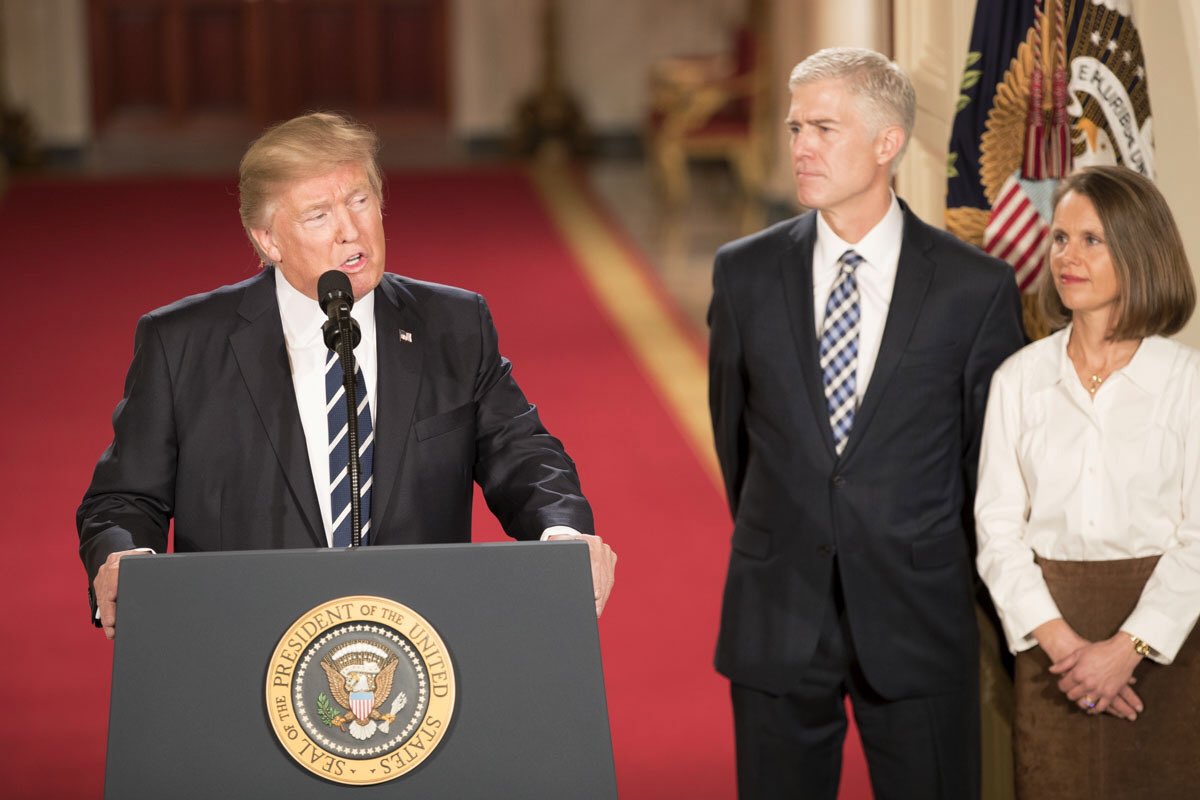The Presidential Immunity Bombshell That Changed Everything
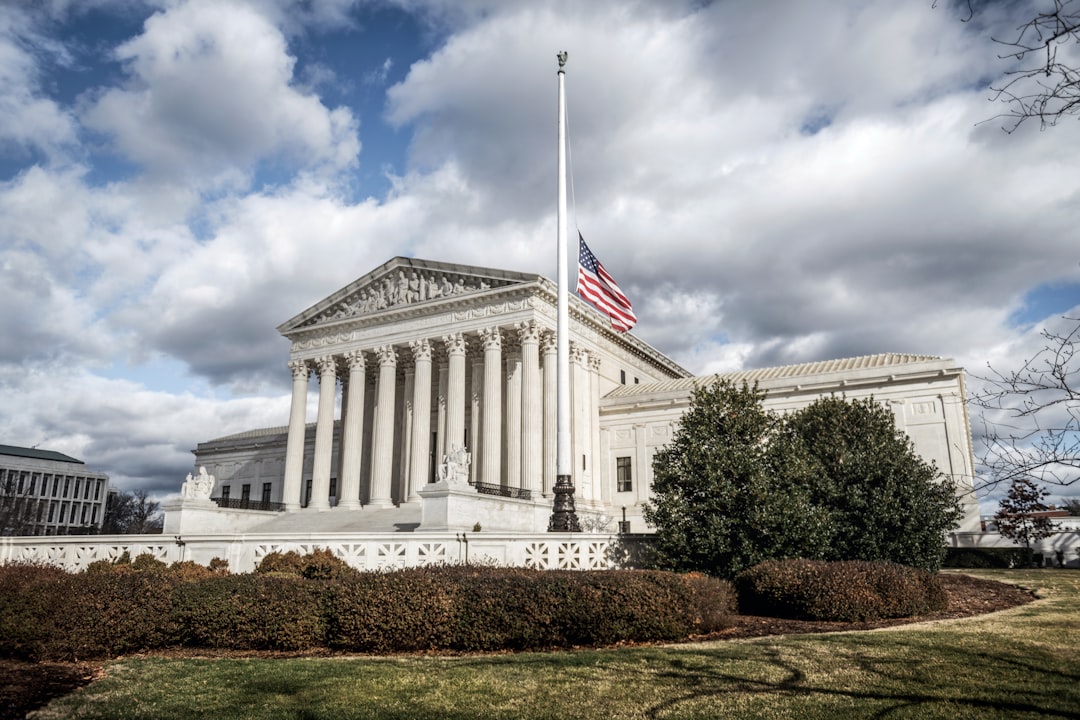
When the Supreme Court stepped into the spotlight on July 1, 2024, few could have predicted just how dramatically their decision would reshape American democracy. On July 1, 2024, the Court ruled in a 6–3 decision that presidents have absolute immunity for acts committed as president within their core constitutional purview, at least presumptive immunity for official acts within the outer perimeter of their official responsibility, and no immunity for unofficial acts. This wasn’t just another legal precedent—it was a seismic shift that sent shockwaves through every corner of American society. The ruling in Trump v. United States didn’t just affect one man’s legal troubles; it redefined the very nature of presidential power for generations to come.
What made this decision so earth-shattering wasn’t just its content, but its timing and implications. The Supreme Court closed out its 2023-24 term by handing then-candidate Donald Trump a major victory, holding that former presidents have at least presumptive immunity for their official acts. That ruling arguably helped clear the way for Trump’s return to power in January 2025 and, in turn, his outsized role in the Supreme Court’s 2024-25 term. The decision came at a moment when America was already deeply polarized, and it only deepened those divisions.
A 6-3 Split That Mirrored a Fractured Nation
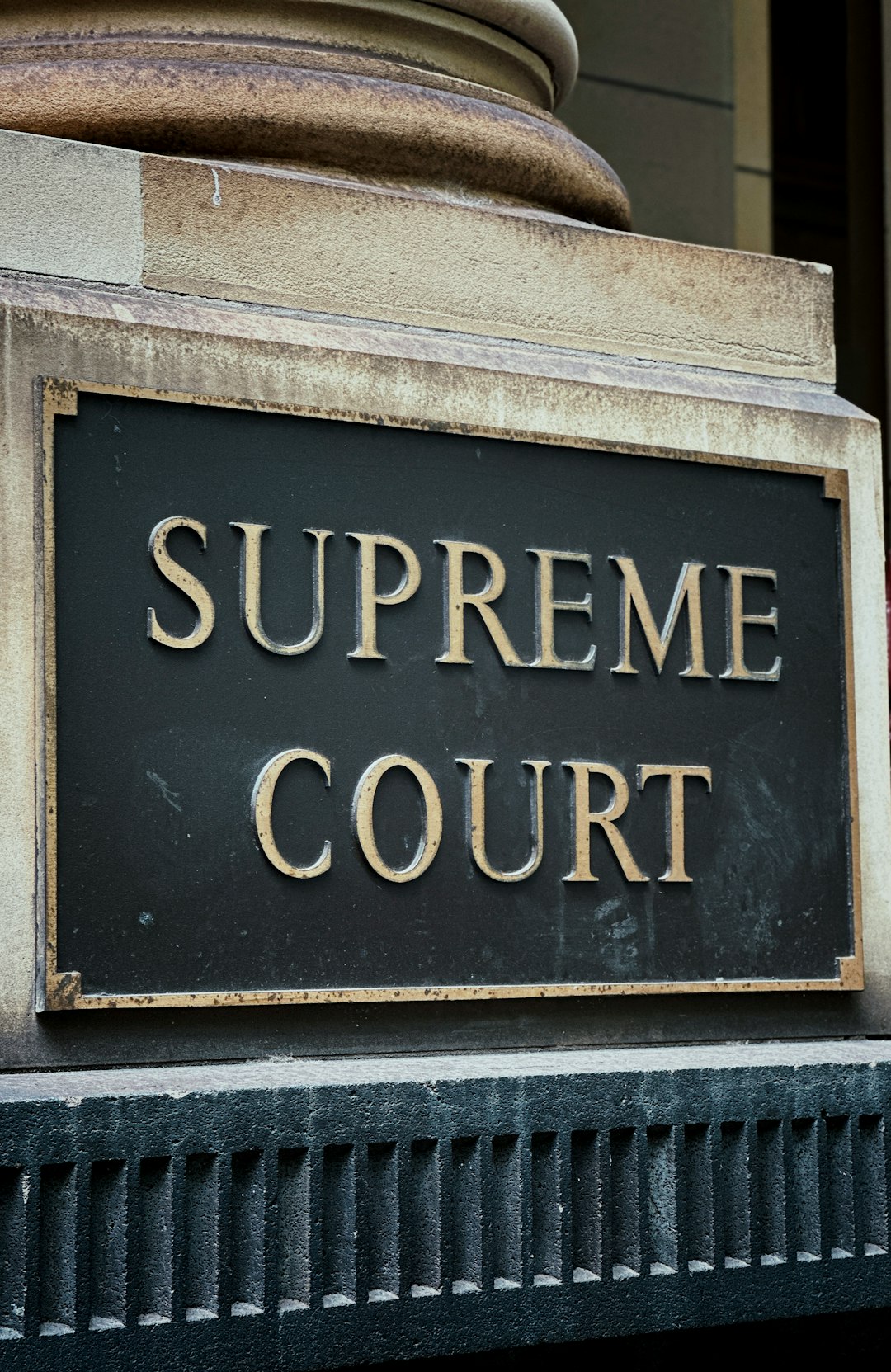
The court split 6-3 along ideological lines in finding that a president is a) absolutely immune for actions taken while exercising his “core constitutional powers” and b) entitled to the presumption of immunity for all official acts. This alignment perfectly reflected the bitter partisan divide that has come to define modern American politics. The conservative justices—led by Chief Justice John Roberts—argued that such immunity was essential to protect the presidency from political persecution. Meanwhile, the liberal justices saw it as a dangerous precedent that placed presidents above the law.
Justice Sonia Sotomayor’s dissent captured the liberal outrage with her chilling warning about the decision’s implications. “With fear for our democracy, I dissent,” Sotomayor concluded. Her concerns weren’t just theoretical—they reflected a genuine fear about what this precedent could mean for future presidents who might abuse their power. The decision essentially created a roadmap for presidential misconduct, protected by the shield of official immunity.
The “Seal Team Six” Hypothetical That Shocked America

Perhaps no moment during the case’s oral arguments captured the public’s attention more than the discussion of extreme hypotheticals. One notable controversy which occurred during oral arguments was a response Trump attorney John Sauer made to Sonia Sotomayor which argued Presidents can, among other things, kill political rivals with immunity. This wasn’t just legal theater—it highlighted the terrifying potential scope of the immunity the Court was considering.
The hypothetical scenario about presidents ordering assassinations of political rivals became a rallying cry for critics of the decision. You might remember this as the “Seal Team Six” hypothetical — for the court, there is no difference between the president using special forces to rescue American hostages or to assassinate his political enemies; both are protected from criminal liability. This extreme example crystallized fears that the Court was creating a system where presidents could literally get away with murder if they framed it as an official act.
How the Decision Crippled Trump’s Criminal Cases
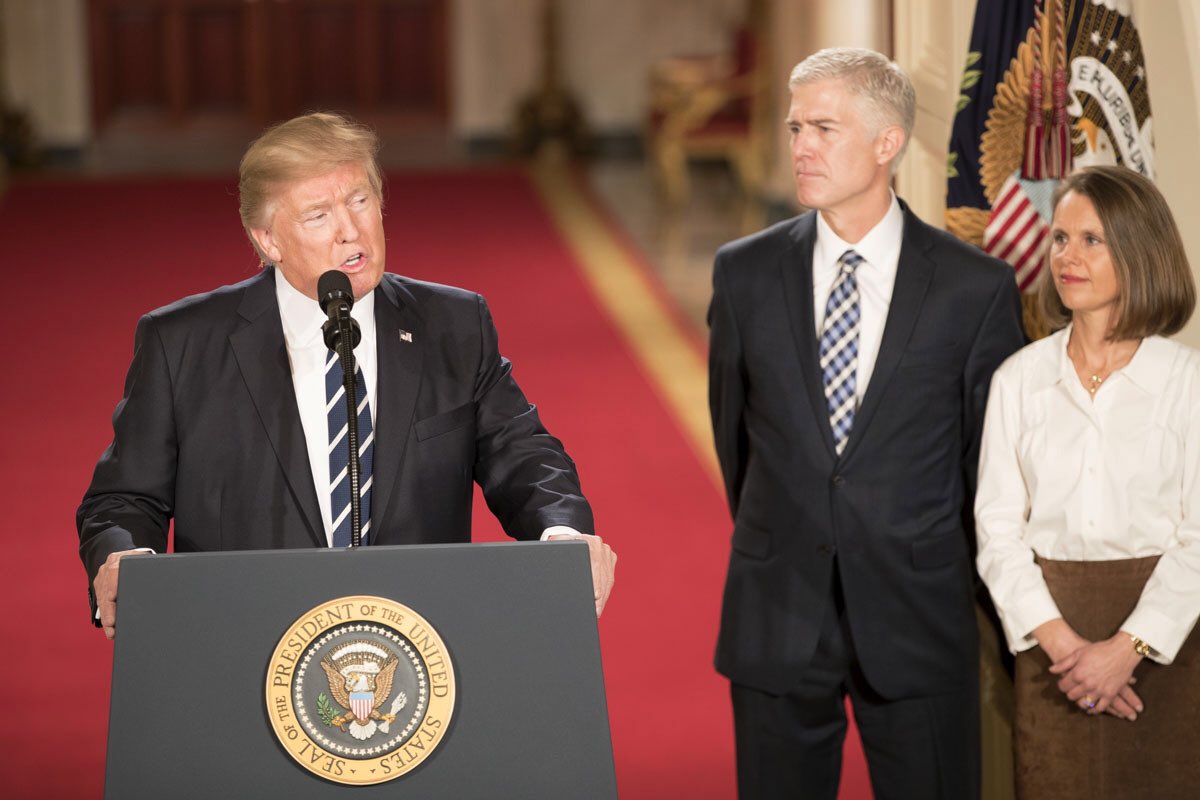
The immediate practical effect of the ruling was to throw a massive wrench into the criminal cases pending against Donald Trump. While Trump can still technically be prosecuted, the decision will lead to plenty of uncertainty and — most crucially for the 2024 election — probably delay matters even further. Trump wasn’t expected to face trial before the election; this reduces whatever chance existed. The decision essentially gave Trump what he needed most: time.
It directed federal prosecutors to drop allegations tied to Trump’s commandeering of the Department of Justice. And it requires the prosecutors to overcome a daunting presumption that Trump has immunity for much of the rest of his scheme. In doing so, it increases the risk that Trump may walk free. This wasn’t just about legal technicalities—it was about whether the American system of justice could hold even former presidents accountable for their actions.
The Civil Rights Implications That Divided Communities
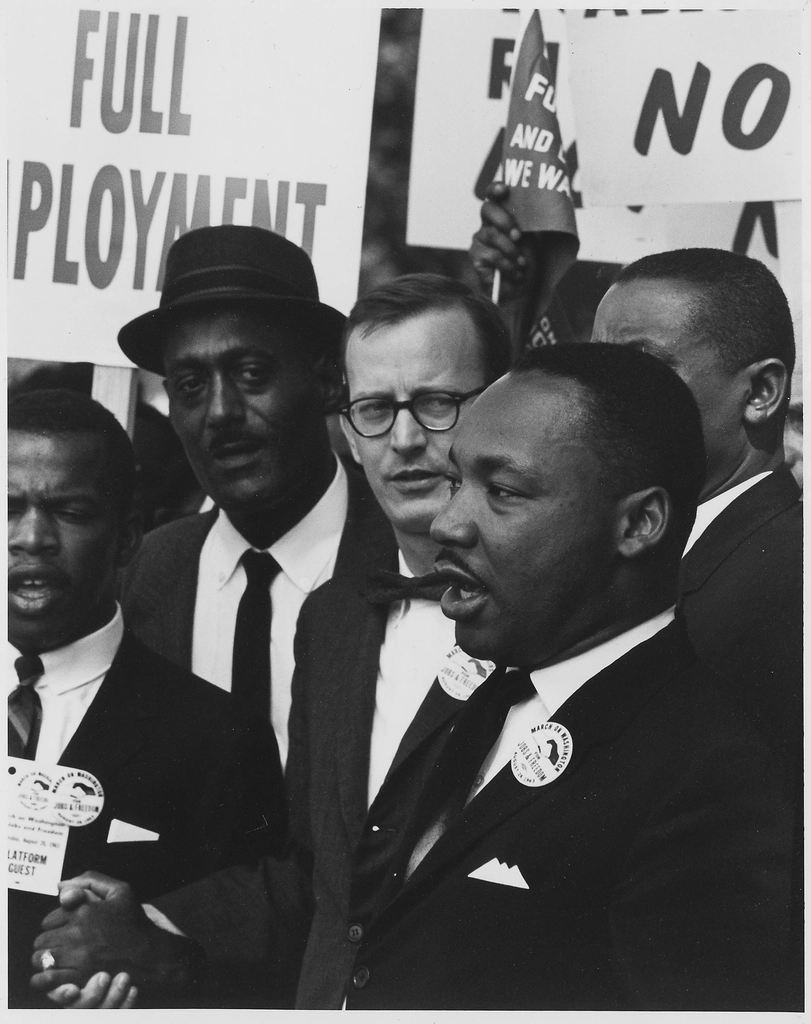
Beyond Trump’s specific case, the decision had broader implications for civil rights and democratic governance. At bottom, though, the court’s 6-3 majority freed presidents to use their official powers to engage in criminal acts substantially free of accountability. This created a new landscape where presidential power could be exercised with unprecedented impunity, potentially affecting everything from voting rights to civil liberties.
The American Civil Liberties Union’s response captured the civil rights community’s alarm. On purely partisan lines, the Supreme Court today for the first time in history places presidents substantially above the law. While the court rejected President Trump’s most expansive and categorical claim of absolute immunity, it granted him substantial immunity for criminal conduct, including all crimes he committed by attempting to enlist Justice Department officials. This wasn’t just about one president—it was about fundamentally altering the balance of power in American democracy.
Conservative Justices Break Ranks on Key Issues
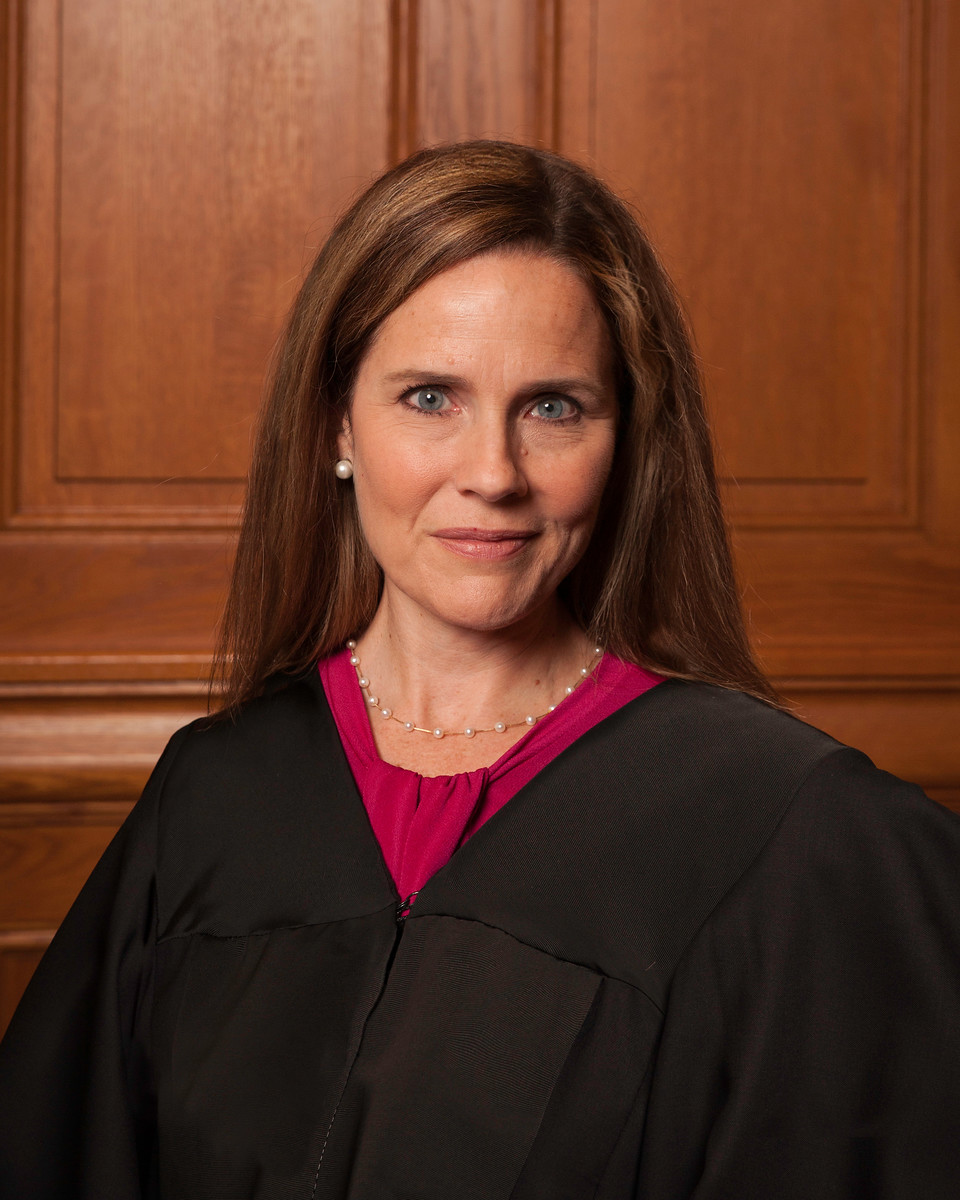
Not all conservative justices marched in lockstep on every aspect of the immunity decision. Justice Amy Coney Barrett broke from her fellow conservatives on this important point, siding with the dissenters. “The Constitution,” she said, “does not require blinding juries to the circumstances” of a presidents official, and allegedly illegal, action. Barrett’s partial dissent showed that even within the conservative bloc, there were concerns about how far the immunity doctrine should extend.
This fracturing within the conservative majority became a pattern throughout the 2024-25 term. Barrett’s role on the court drew particular attention this year, with a story in the New York Times suggesting that conservatives were concerned that the Trump appointee was “showing signs of leftward drift.” But by the end of the term, after a decision that Barrett wrote, Trump praised Barrett, saying at a news conference that he had “great respect for her” and that “her decision was brilliantly written.”
The Constitutional Scholars’ Fierce Backlash
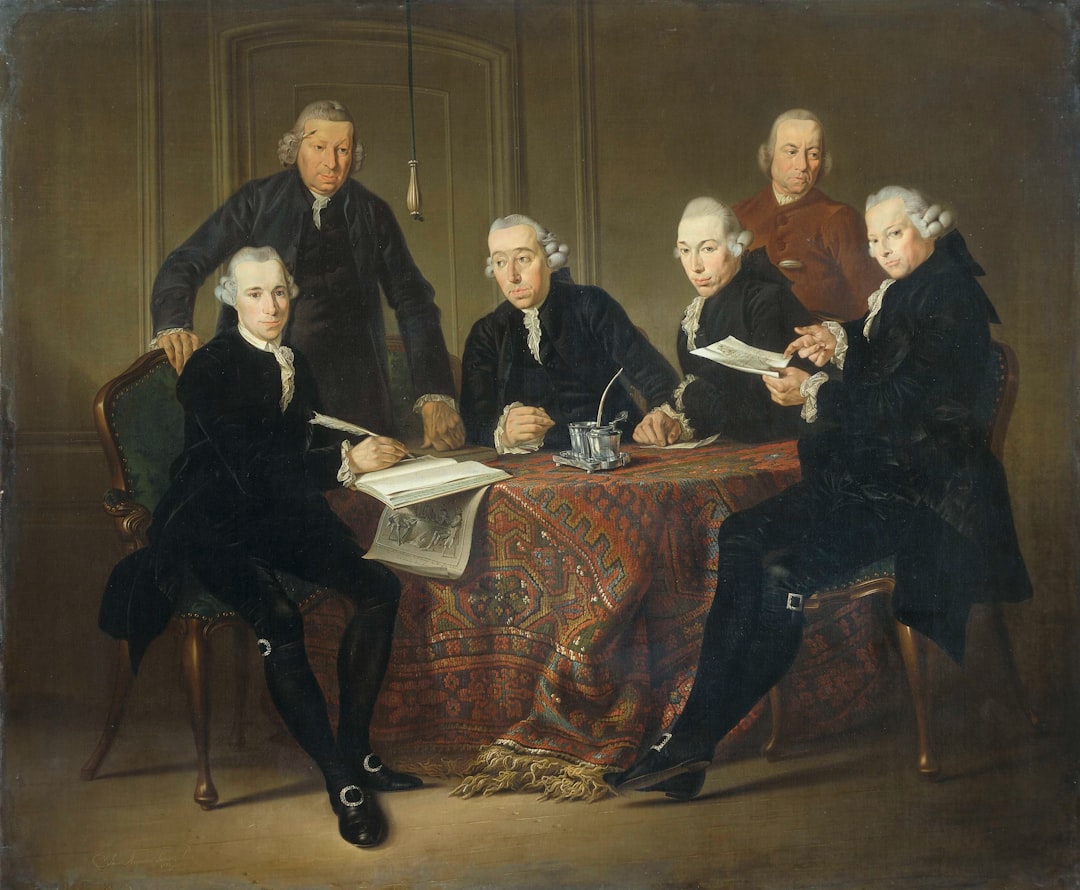
Legal experts across the political spectrum expressed shock at the scope of the immunity ruling. “The originalists in the room were actually the liberals,” said Yale law professor Akhil Amar, one of the country’s leading constitutional scholars. He was flabbergasted by the decision, which he maintained is contrary to both the history and the text of the constitution. This reversal of typical judicial philosophy—where liberal justices became the defenders of constitutional text and history—highlighted just how unprecedented the decision was.
The Brennan Center for Justice was even more blunt in its assessment. Unfounded in both history and legal precedent, the decision poses a risk to our system of governance. Any opinion from the court that allows that is at war with our system of self-government. It is a direct threat to our democracy itself. These weren’t partisan political statements—they came from respected constitutional law experts who saw the decision as a fundamental departure from American legal tradition.
How Trump’s Return to Power Amplified the Crisis
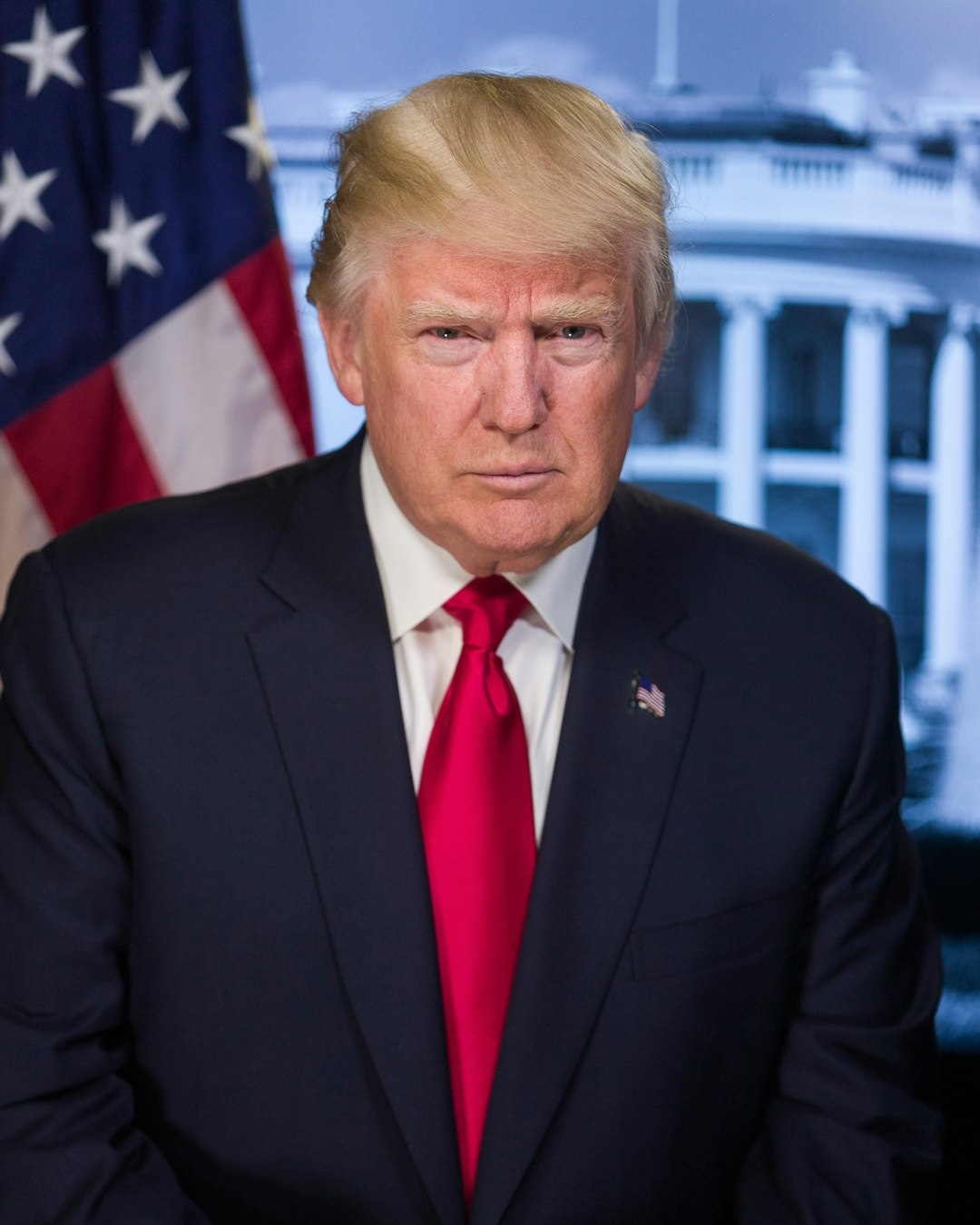
One of the major stories of the term was the unprecedented frequency with which the Trump administration came to the court on the emergency docket – and the success that it generally found there. Trump’s return to the presidency in January 2025 transformed the immunity decision from an abstract legal principle into a practical tool of governance. The very immunity that helped him avoid prosecution before the election now shielded his actions as president.
The decision’s real-world impact became clear almost immediately. In a pair of orders that received far less attention than the appeals involving the Alien Enemies Act but could have an even more widespread impact, a majority of the court cleared the way for the Trump administration to advance other parts of its agenda on immigration. In a ruling on May 19, the court allowed the government to end the protected status of more than 300,000 Venezuelan nationals living in the United States. Less than two weeks later, the court issued a similar order allowing the government to revoke the permission to stay granted by the Biden administration for more than 500,000 Cuban, Haitian, Nicaraguan, and Venezuelan nationals in this country.
The Abortion Cases That Revealed Deep National Divisions
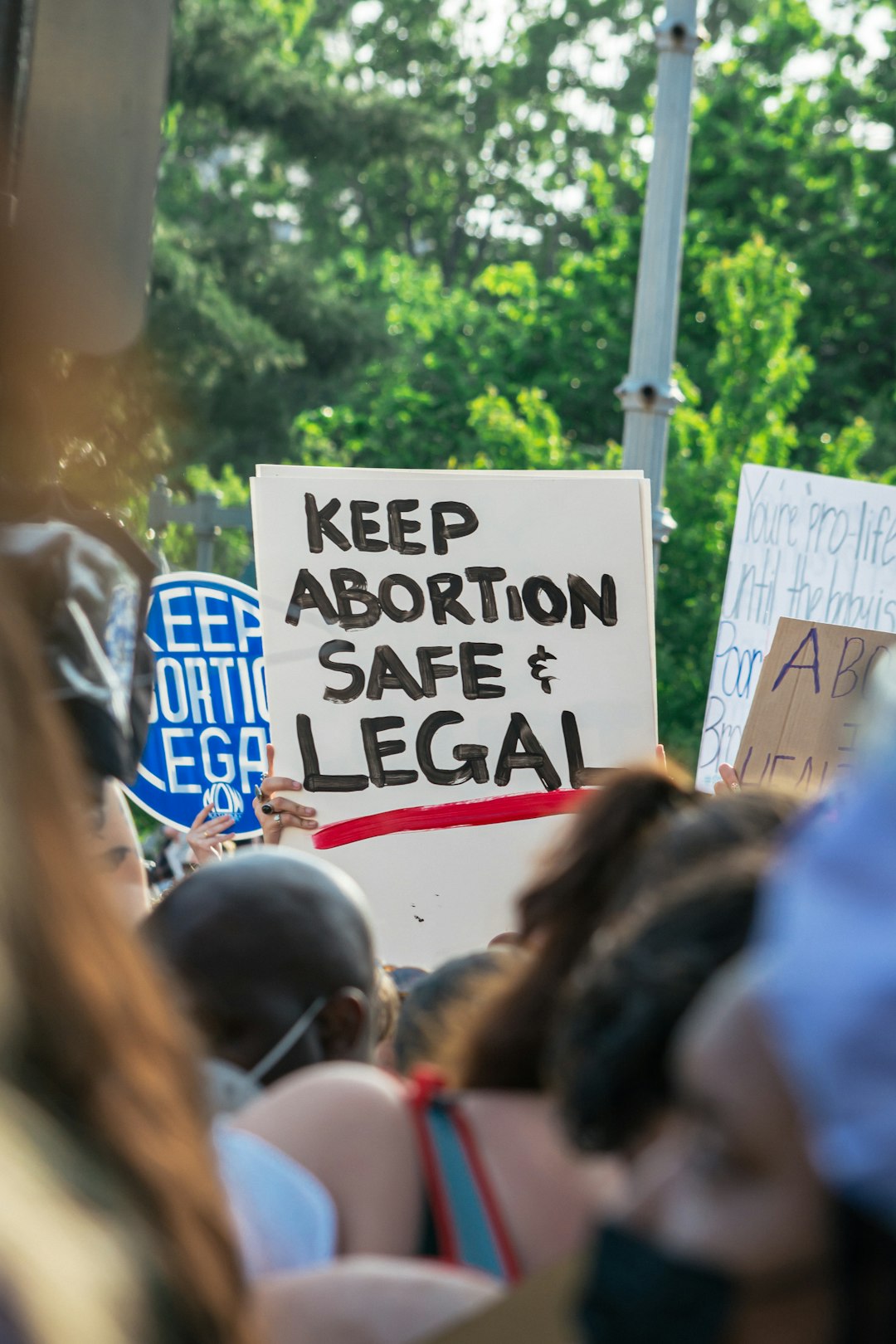
While the Trump immunity case dominated headlines, the Court’s handling of abortion-related cases in 2024-25 showed how deeply divided America remained on reproductive rights. The Supreme Court on Monday declined to consider overturning a 25-year-old precedent that upheld “buffer zone” laws limiting how close protesters can get to abortion clinic entrances. In a setback for abortion opponents, the court, which has a 6-3 conservative majority hostile to abortion rights, opted against weighing whether such laws violate the free speech rights of protesters under the Constitution’s First Amendment.
The state-level battles continued to rage with equal intensity. After years of litigation following the Dobbs decision, the Wisconsin Supreme Court justices, with their liberal majority, ruled that the state’s 176-year-old law does not ban abortion in the state. After years of litigation over an 1849 law that conservatives argue criminalizes abortions in the state, the Wisconsin Supreme Court ruled that the law does not ban abortion. This means abortions can continue in the state. These decisions showed how the battle over reproductive rights had shifted from federal courts to state-level conflicts.
The Emergency Docket’s Unprecedented Role in Governance
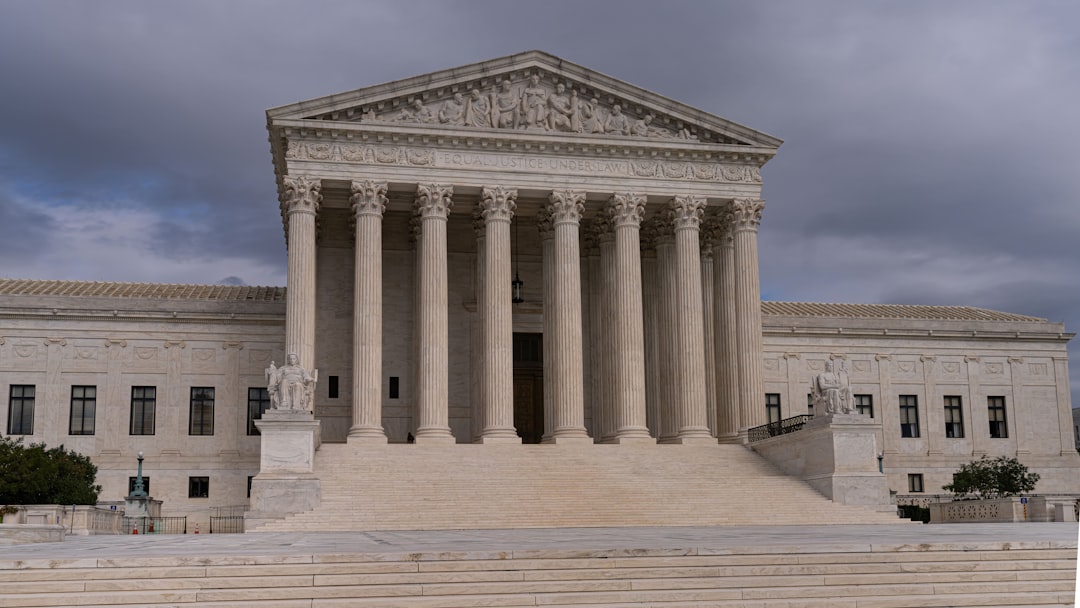
The universal injunction issue came to the Supreme Court on its emergency (sometimes colloquially known as the “shadow”) docket, in which the justices often act quickly, without additional briefing or oral arguments. This shadow docket became a crucial battleground during the 2024-25 term, as the Trump administration repeatedly sought emergency relief from the Court to implement controversial policies.
The success rate of these emergency appeals was striking. The court similarly greenlighted Trump’s efforts to remake the federal government and its workforce. For example, in May the court – once again divided along ideological lines – allowed the Trump administration to remove the heads of two federal agencies, the Merits Systems Protection Board and the National Labor Relations Board, who contended that under federal law they could only be fired for good cause. In April, the justices blocked an order by a federal judge in San Francisco that would have required the government to reinstate more than 16,000 federal workers who had been laid off by six agencies earlier in the year.
The Healthcare Ruling That Fractured Conservative Unity
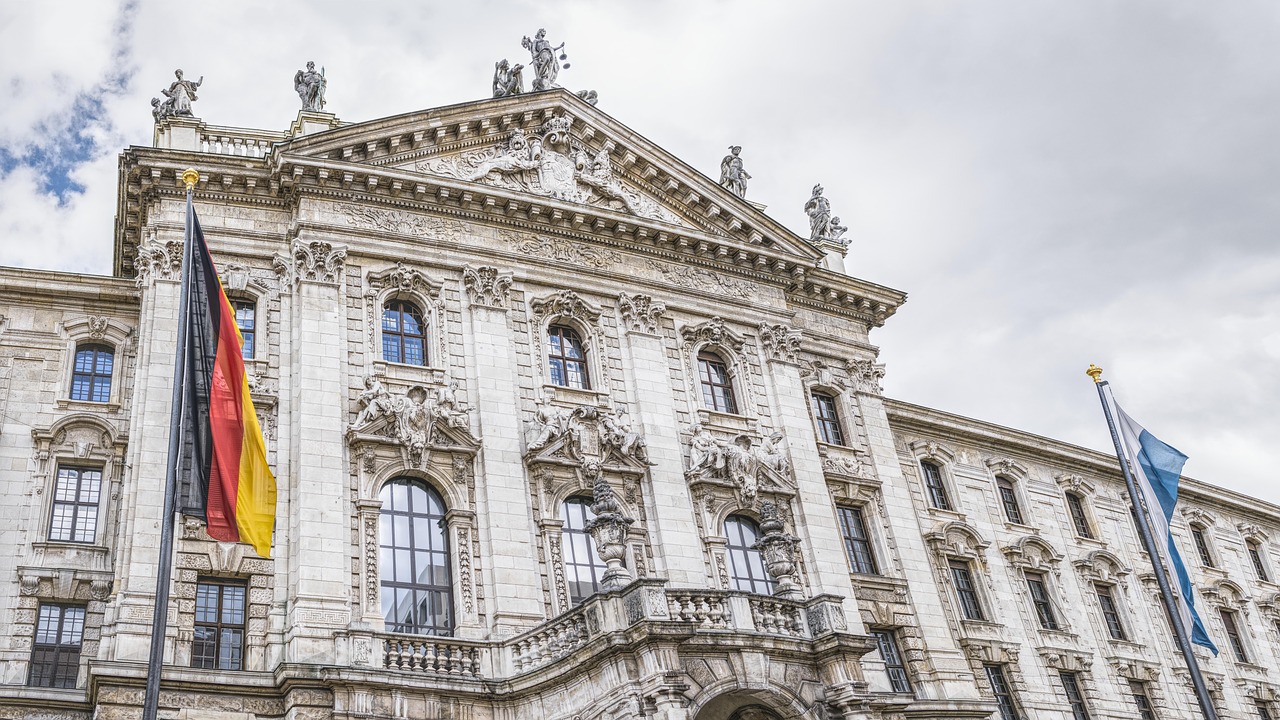
One of the most surprising developments of the term was a healthcare case that saw conservative justices break ranks in unexpected ways. In the case of Kennedy v Braidwood Management, the Supreme Court saw its usual ideological divides fracture. In the case of Kennedy v Braidwood Management, the Supreme Court saw its usual ideological divides fracture. Three conservative justices – Amy Coney Barrett, Brett Kavanaugh and John Roberts – joined with the court’s liberal branch, represented by Sonia Sotomayor, Ketanji Brown Jackson and Elena Kagan, for a six-to-three ruling.
At stake was the ability of a government task force to determine what kinds of preventive healthcare the country’s insurance providers had to cover. It was the latest case to challenge the constitutionality of the Affordable Care Act, a piece of legislation passed under former President Barack Obama to expand healthcare access. This case focused on a section of the act that allowed a panel of health experts – under the Department of Health and Human Services – to determine what preventive services should be covered at no cost. This unusual alignment showed that even on the most partisan court in recent memory, some issues could still produce surprising coalitions.
A Democracy Under Stress
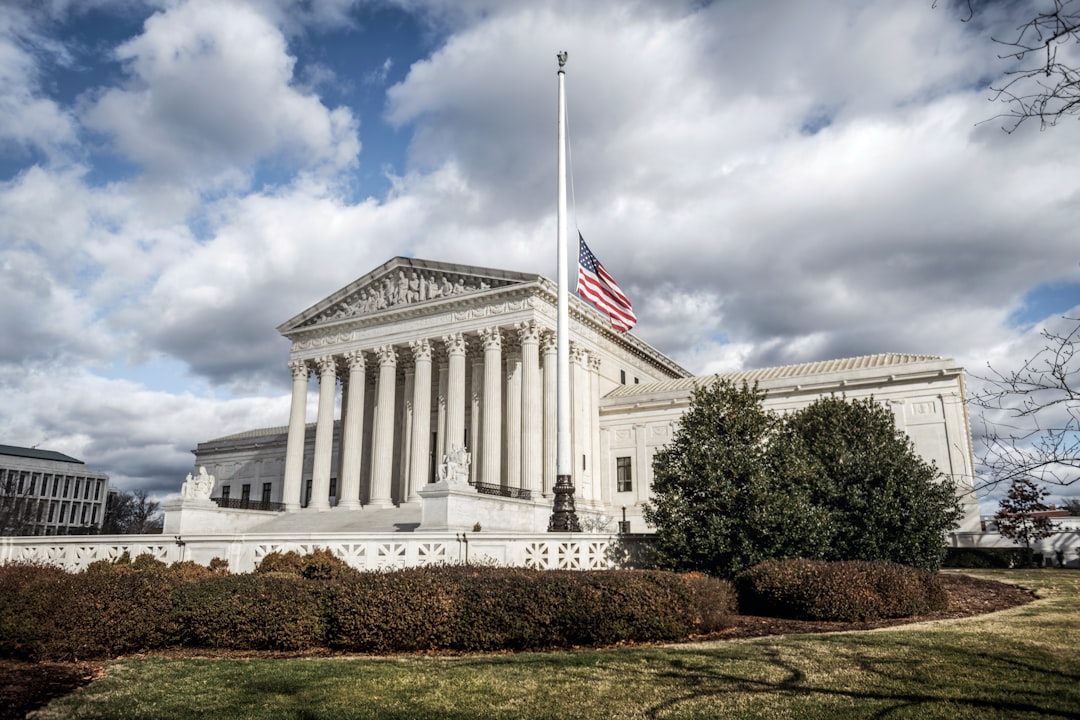
As the dust settled from the 2024-25 Supreme Court term, the broader implications for American democracy became clear. In a brief statement to reporters on Monday, President Biden said that today’s Supreme Court decision undermines the rule of law and sets a “dangerous” precedent. The immunity decision wasn’t just about legal technicalities—it fundamentally altered the relationship between the presidency and the law.
The only “protection” afforded by the perverse incentives in the Supreme Court’s immunity decision is for bad-faith actors in the Oval Office — something we are seeing play out in real time. The decision created a system where presidential power could be exercised with minimal accountability, potentially undermining the very foundations of democratic governance. As America grappled with these changes, one thing became clear: the Supreme Court’s immunity ruling had split the nation in ways that would resonate for generations to come.
What started as a legal question about presidential immunity became a defining moment that exposed the deep fractures in American society and fundamentally altered the balance of power in our democracy.

